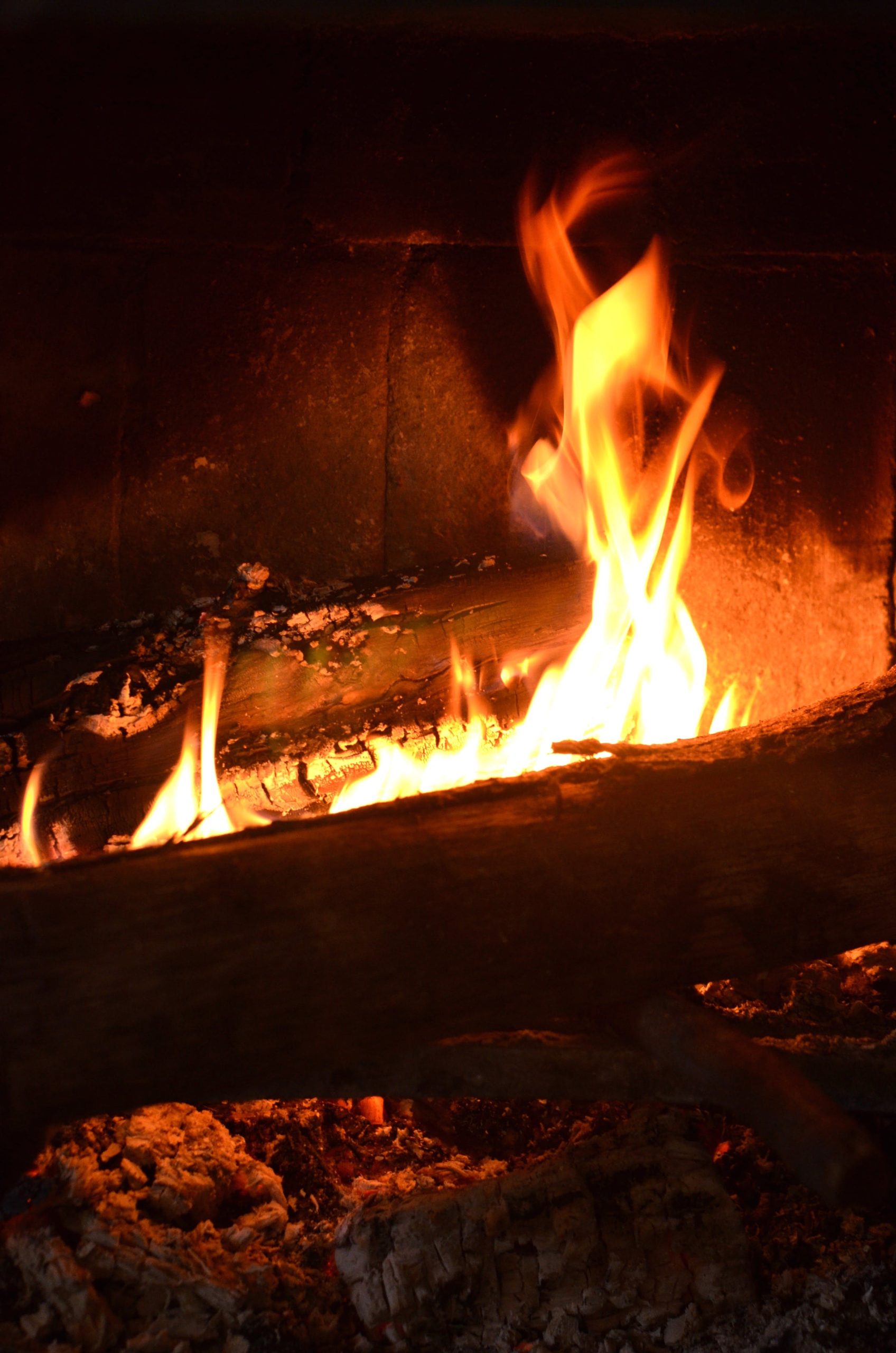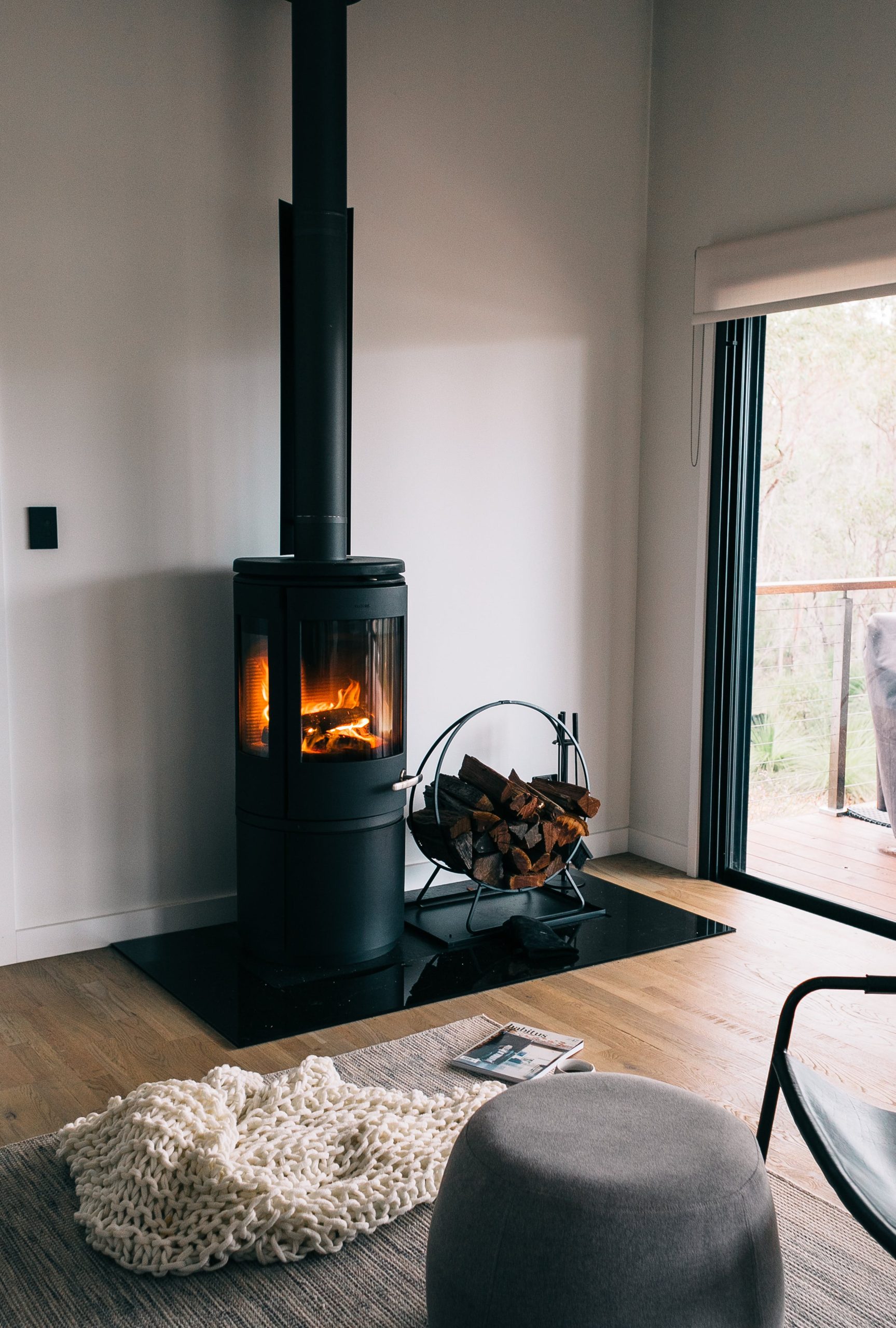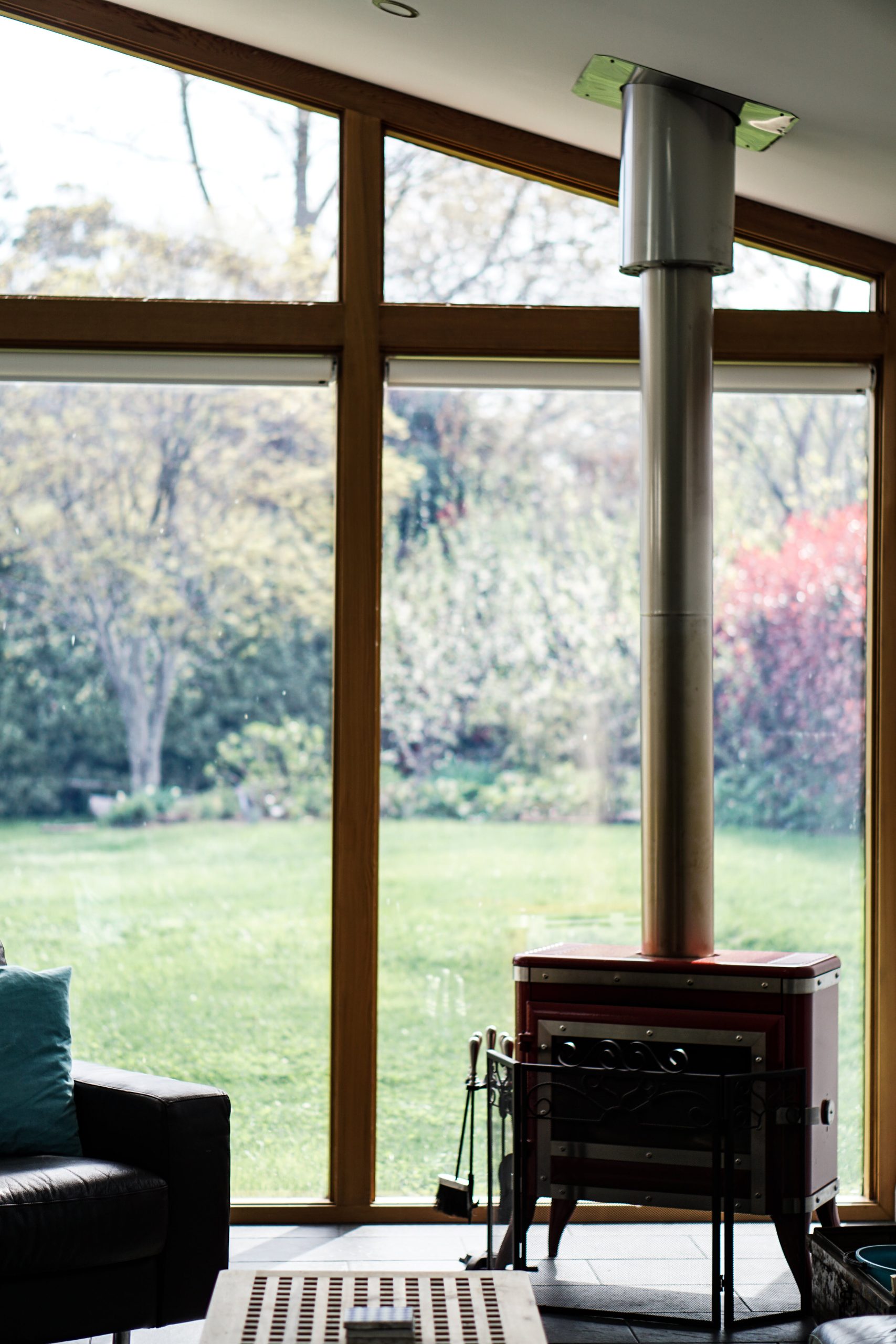We speak to experts about easy solutions to a chimney-less property if your heart is set on a wood burning stove
There’s nothing more cosy in the winter than a log burning stove. It adds not only warmth in terms of temperature, but a warming, amber light that can increase the ambience of your living room tenfold.
As well as helping to elevate your space, it can be an economical and eco-friendly way to heat your property, too.
But what about if you don’t have a chimney? Can you still install a log burning stove? We speak to Joanna Humphreys, Fire and Stove Specialist at Direct Stoves, who explains more about what to know when installing a new log burner…

Can you have a log burning stove if you don’t have a chimney in your property?
“Not every home comes with a pre-existing chimney, but that shouldn’t get in the way of your plans. The good news? Many modern solutions allow for wood-burning stove installation in spaces without traditional chimneys.
“A twin-wall flue system is the go-to solution for wood-burning stove installation in a home without a chimney. Essentially, this system acts as an artificial chimney, providing a safe exit for the smoke and fumes. Twin wall flues typically comprise two concentric metal tubes with insulation in between. They can run either through the home or externally along the outside.”
Where should the flue be positioned?
“When deciding on the route of the flue there are two options and internal or external system. An internal system travels inside the home, usually through a room or loft, and exits through the roof.
It’s slightly more efficient when it comes to heat retention but involves more internal work. Whereas with an external system the flue runs outside the building, this is typically easier to install and there is less disruption to the home’s interior.
 “Another option is to build a false chimney, this can enhance the aesthetic appeal of your wood-burning stove, by creating a characterful setting; ideal for rooms lacking an original chimney structure.”
“Another option is to build a false chimney, this can enhance the aesthetic appeal of your wood-burning stove, by creating a characterful setting; ideal for rooms lacking an original chimney structure.”
“Not only does it create a focal point, but it can be used to cleverly hide the flue system.”
What kind of wood should you shop for and where should it be stored for optimal burning?
“You should only burn kiln-dried or well-seasoned wood with less than 20% moisture content. Both hardwood and softwood will work well if the moisture content is low enough. If unsure, or if you are drying your own wood, you can use a moisture meter to check.

We would recommend avoiding woods high in sap, as these do not burn well. Hardwoods tend to burn hotter and longer, whereas softwoods although burn hot, tend to burn out slightly faster.
When shopping for wood, look for the Woodsure Ready to Burn logo, this will offer peace of mind that the wood you’re purchasing is ready to burn safely in your log burner.”





